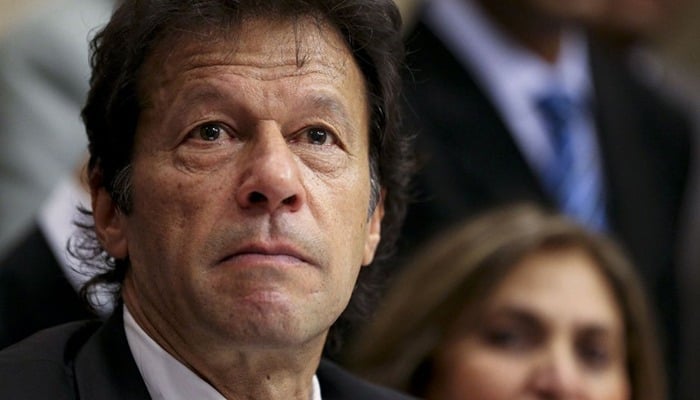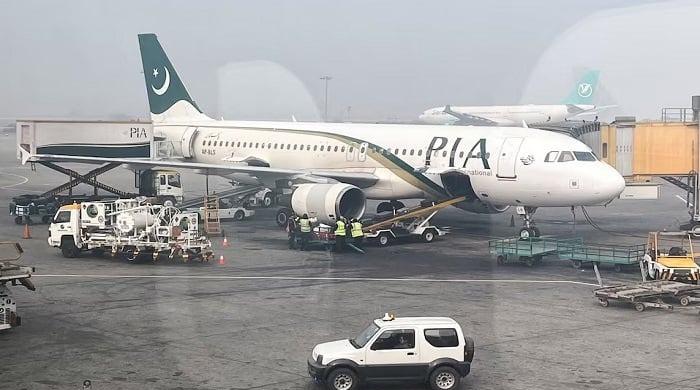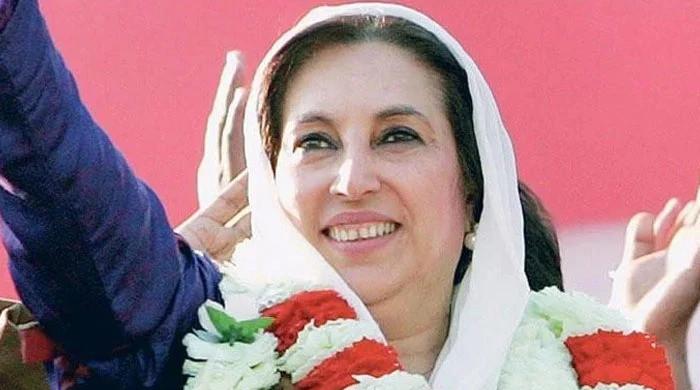Has Imran Khan’s time finally come?
The winds of change have been blowing furiously through Pakistan’s political landscape. Old, stable-bound horses are now breaking free and galloping over to Bani Gala’s greener pastures
May 27, 2018

Lately, the winds of change have been blowing furiously through Pakistan’s political landscape. Old, stable-bound horses are now breaking free and galloping over to Bani Gala’s greener pastures.
Fawad Hussain Chaudhry of Jhelum, Punjab, insists he has seen the mythical Huma perched on Imran Khan’s shoulder. The mighty Simurgh, a phoenix-like bird of the Persian legends, is believed to have emerged from amongst the pages of books and poems and can now be seen whirling and twirling amidst trees in Bani Gala. Then, of course, there is that new added element of spiritualism in his life. Khan’s rivals are boxed in and beset by circumstances. While, his future looks bright. With such a backdrop, would it be wrong to presume that the cricketer-turned-politician will finally be coming to power in 2018?
Fortunes can change rapidly on the electoral field. This year, the 65-year-old has reliable racehorses for nearly every constituency. Expect these men to put up a tough fight.
Now for the bad news. The statistics emerging pre-election are strange and worrisome. A country that looked united in the previous election cycle, now seems to be chaotically divided. There are some constituencies that are already won, even before the first ballot is cast. Let’s call them the “conquered” ones: namely, 12 from the Federally Administered Tribal Areas (soon to be merged with the Khyber Pakhtunkhwa province), 16 from Balochistan and 21 from urban Sindh. A total of 50 have a decided fate. The Balochistan block is expected to repeat its Senate performance in the general election.
The second block will be from within the Pakistan Peoples Party. Let’s call them the “wounded” or the “compromised” ones. Earlier, these leaders of the party would walk with their chest puffed out, and with immaculately curled moustaches that have needle-sharp tips. They were insubordinate. But not anymore. Post Dr. Asim Hussain’s arrest and the inquiry chasing Sharjeel Memon, they have had a change of heart. They are “wounded” now and have their eyes set on winning 36 seats from rural Sindh. Maybe another 15 from here and there, such as south Punjab and Khyber Pakhtunkhwa. Eventually, if lucky they could repeat the feat they achieved in the March poll.
It’s no secret that there is a chess player in Asif Ali Zaradri, the co-chairperson of the PPP. And that chess player believes that through alliances with the “conquered” and the “wounded” groups he can form the next government.
But then there are the “occupied seats”. Punjab's 141 general seats are the thorn to the crown. They have to be pulled out, or snatched away, in order to settle the question of electoral victory in 2018. Ten lawmakers from southern Punjab, under the leadership of Khusro Bakhtiar, have already declared mutiny from the ruling-Pakistan Muslim League Nawaz. Then there are members of the national and provincial assembly in Punjab who want to defect from the PML-N due to reluctance to support Nawaz Sharif’s aggressive narrative. The aim is to cut down on these “occupied” seats by half.
If the current trend of disgruntled leaders fleeing continues, then the “occupied” constituencies will come down to 70. What happens to the remaining 70 or so in Punjab? They would end up with the “truthful” group, newly certified by the apex court in Pakistan. Add to that number the 35 or so odd seats they won in 2013 from across Pakistan and their total number in the national assembly could be a 100 seats, making it the largest block in the parliament. With those numbers, the “wounded” and the “conquered” are likely to fall in place themselves. But here is the catch, the 50 “conquered” leaders will be keeping a close eye on Imran Khan to ensure that he does not become too independent.
Numbers aside, can Khan run a federal government? I believed that he has a list of more than a 100 overseas Pakistanis who are willing to come back and help steer the government. Once it comes to power, this “truthful” group will also have to rethink its media policy. One can overlook an opposition leader’s tendency to hold grudges against media houses and anchor persons, but for the prime minister to harbour such resentments would make him the butt of international jokes.
What was missing from the Pakistan Tehreek-e-Insaaf’s recently unveiled 100-day plan, was the party’s take on military and foreign affairs? Now is not the time to keep mum. How will the civil-military equation get better under Prime Minister Imran Khan?
It is important to also note here that the majority of Khan’s followers and supporters, and maybe even voters, are from the middle-income bracket. They want instant results. And when they don’t get results they get disappointed and lose hope very quickly. Which means, Khan, if ascended to power, will have a short honeymoon period. On the other hand, the standards of corruption and accountability that were so strictly applied to others will now be applied to the “truthful” group too.
The account written above is, of course, one-sided. The PML-N will defend its fortress vigorously, using Nawaz Sharif's sword of offence and Shehbaz Sharif's shield of defence. The goal is to retain at least a 100 seats so that ignoring them in the national assembly and provincial assembly will become impossible.
Note: The views expressed are those of the author, and do not necessarily reflect the official policy or position of Geo News or the Jang Group.









